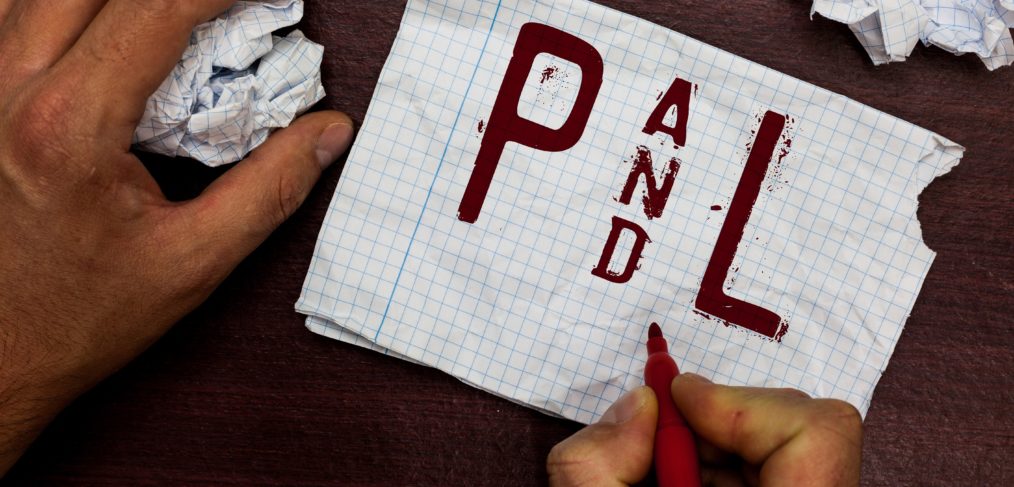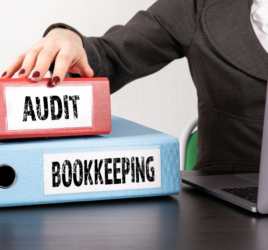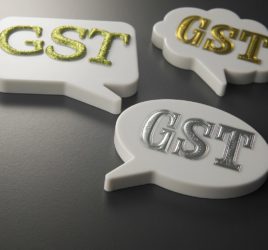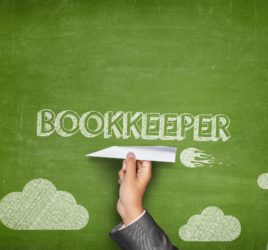
How To Read Your Profit and Loss Statement Correctly
Financial reports can be a bit overwhelming. With columns of numbers everywhere, coding, and subtotals, it is hard to decipher what they all mean.
But your profit and loss statement is a pretty key report to understand. If you only learn about one aspect of financial reporting, then your P&L is a good place to start!
A profit and loss (P&L) statement (also known as an income statement) summarises the costs and expenses of your business, incurred during a particular period. It basically shows the money that comes in and the money that goes out.
With accounting
Let’s look at this vital report in a bit more detail.
Why is a profit and loss statement important?
Your P&L statement is an essential business tool. It helps you to keep an eye on your finances and to address any issues if they arise. For example, you might notice that certain expenses are increasing significantly each month or quarter. This may highlight to you that you need to look at new providers or suppliers.
This statement is also going to show your company’s ability or inability to generate profit. It shows you a total of all expenses and all income sources. This will display your total net profit. You will be able to see immediately if your business is spending too much money to be viable.
This will be a true indicator of whether you need to reduce costs, increase sales, increase marketing, or a combination of these things.
Your P&L statement helps you to monitor any changes you are making to your income and expenses monthly or quarterly (or however often you decide to run the reports). This allows you to easily compare statements from different periods, which shows you your progress over time.
How To Read Your P&L
The P&L/income statement is fairly easy to read and understand once you know what you are looking at. They will differ slightly between different accounting programmes, but will follow a general format. Below is a quick guide to the main parts of the statement and what they mean.
- The report begins with your revenue entries from all sources of income. This will be your income from sales, interest, and any other avenues.
- It will then list the various business costs underneath the income. These are sometimes separated into two types – fixed costs and cost of sales. Fixed costs are things like rent, Internet, or power bills. Cost of sales is the money you spend on things like materials and/or stock. These costs can be quite variable month-to-month.
- If the expenses are not split into these categories they will just be listed as separate lines. They will include operating expenses, cost of goods sold, taxes, interest expenses, and any miscellaneous expenses.
- At the end of the
statement it will give you your net profit. That is your total profit (including interest received) minus all of your expenses.
There are a couple of other key points to note about your P&L:
- It is accrual based – which means it includes all income and expenses, regardless of whether they have been paid yet.
- It does not include personal items, capital items, owner drawings, or any business loans (or repayments against loan principal).
- It will include interest on loans, as this is an expense. It will also include depreciation on capital items.
So there you go, your P&L in a nutshell. Once you know what you are looking at, it is a reasonably easy report to understand. If you do need some help understanding the intricate ins and outs of it, then get in touch with us here at Accountants Plus.
We can help your small to medium-sized business in all aspects of business performance. Talk to us today!



